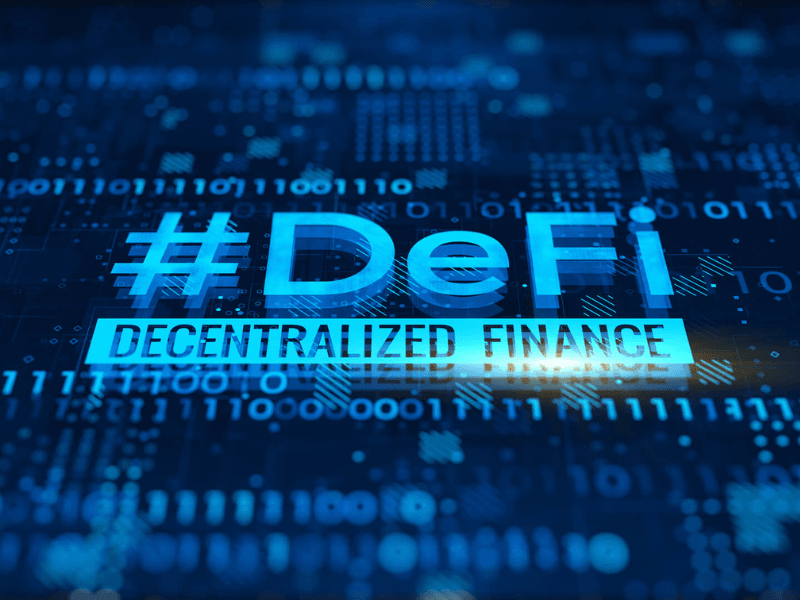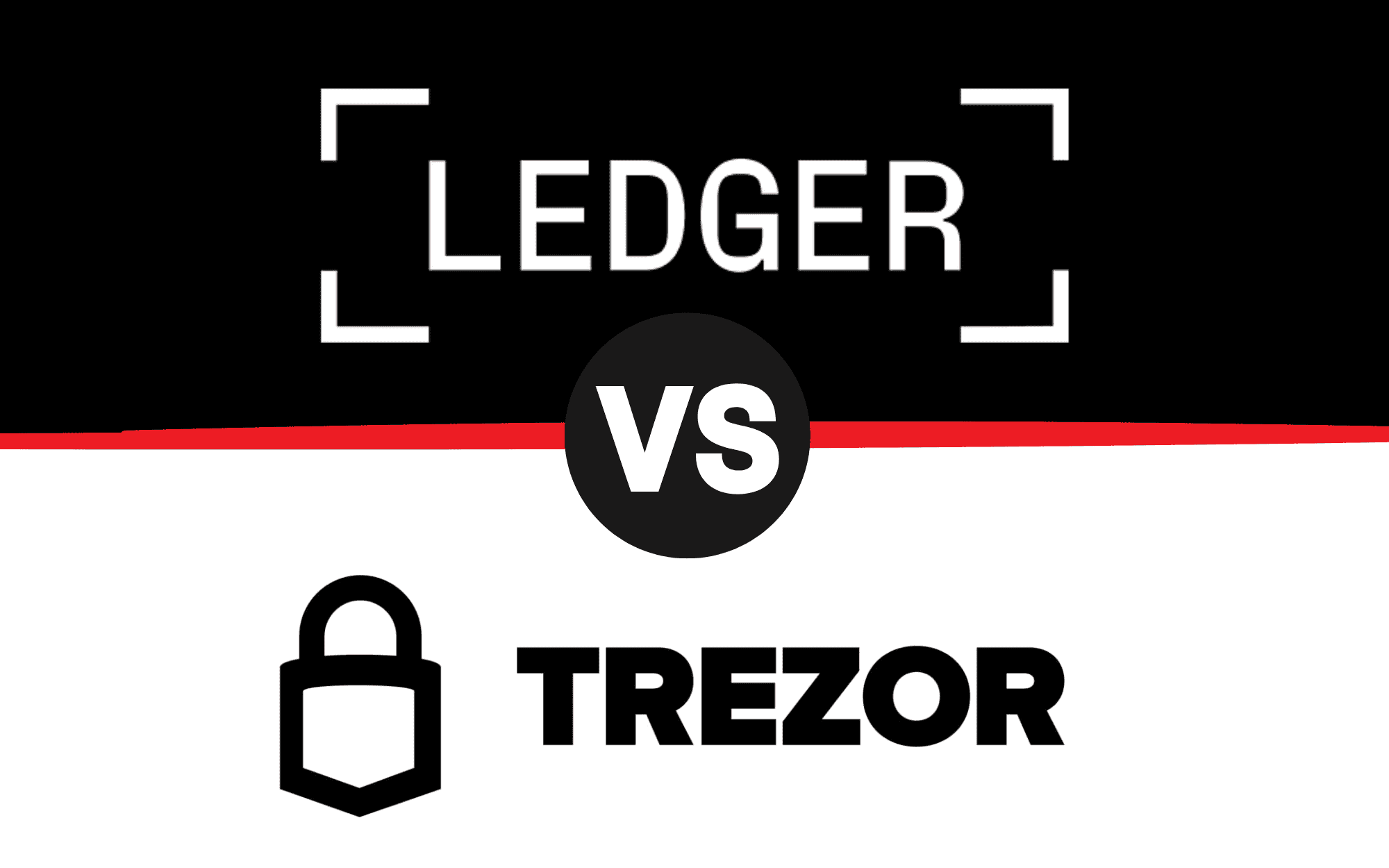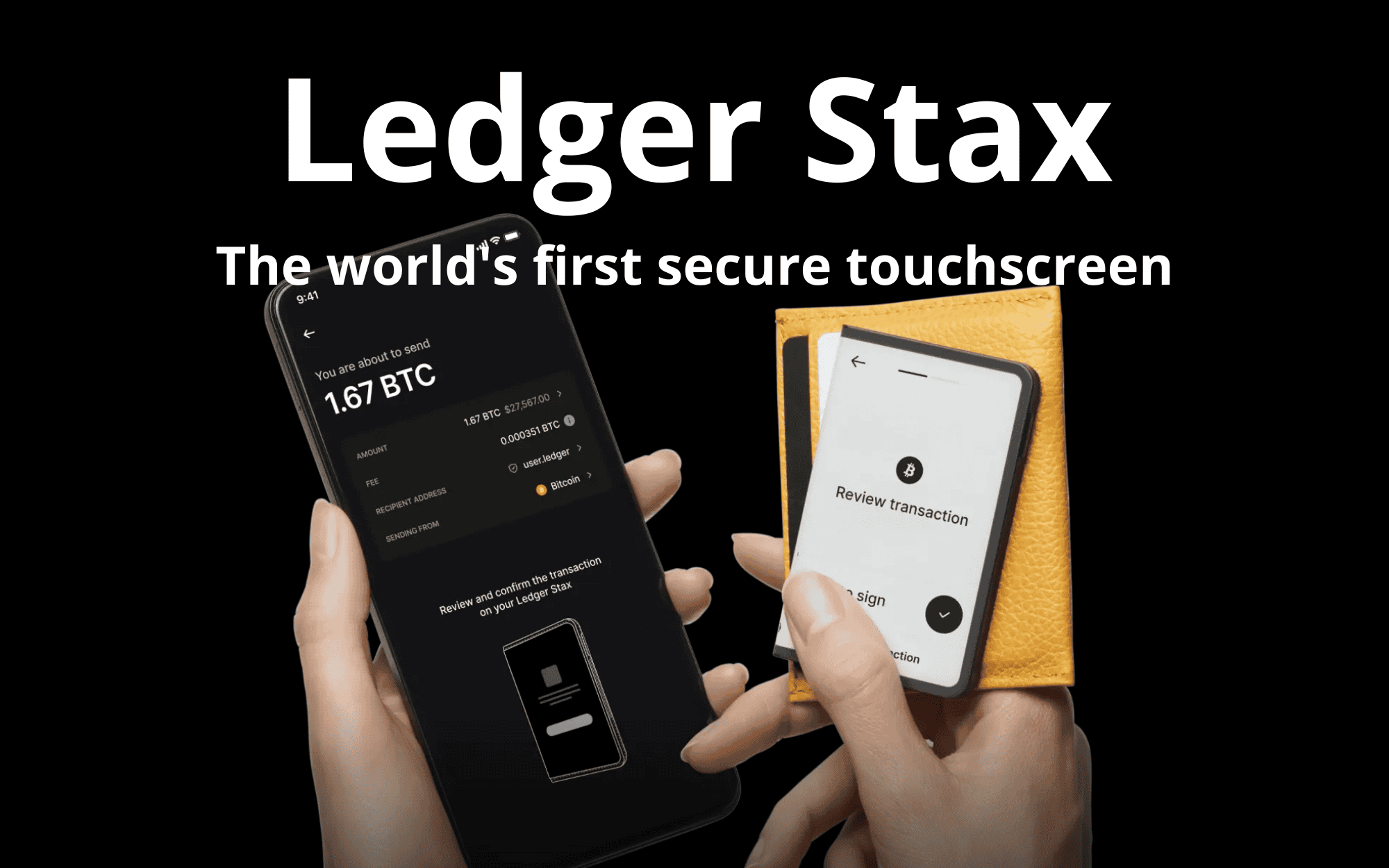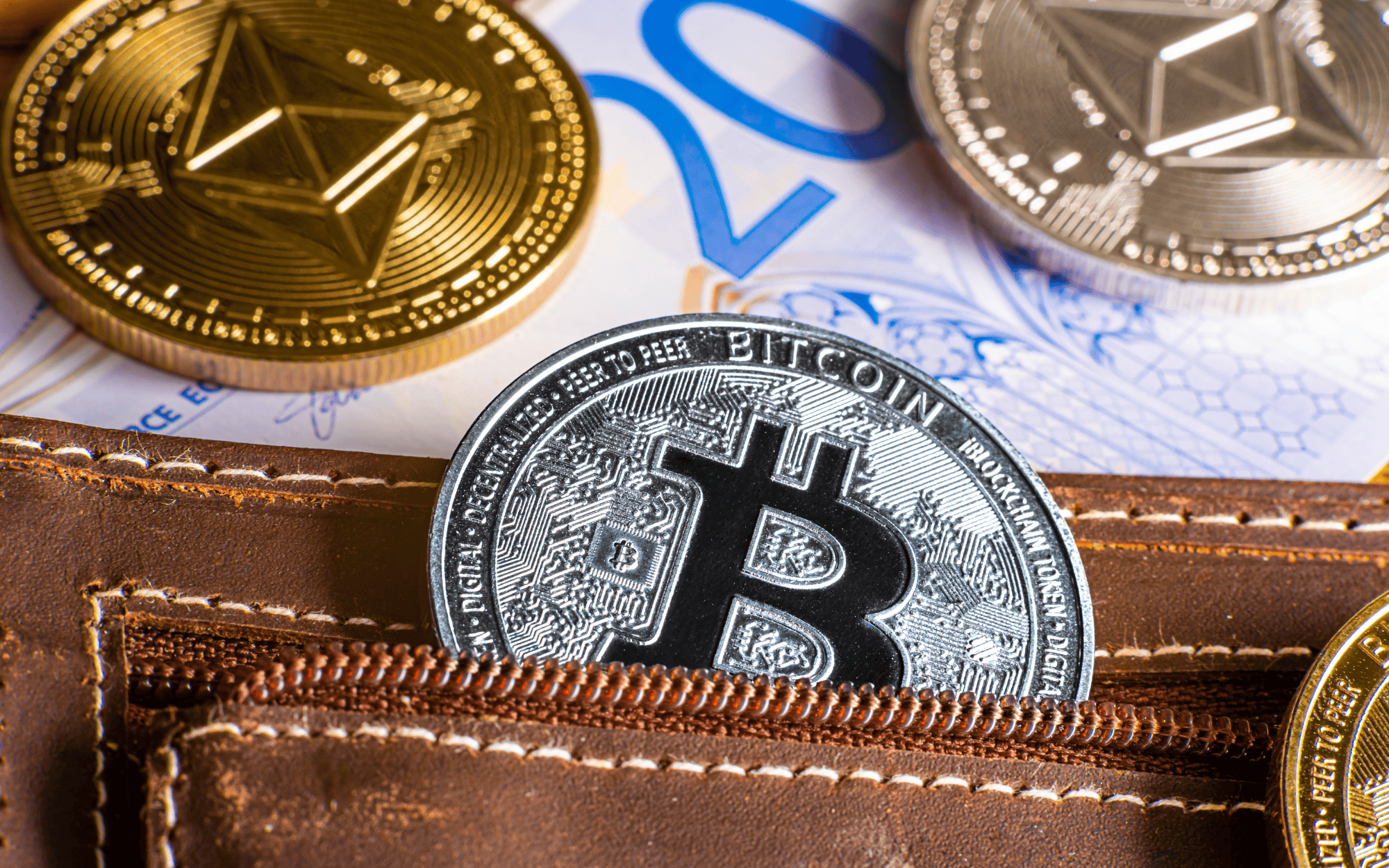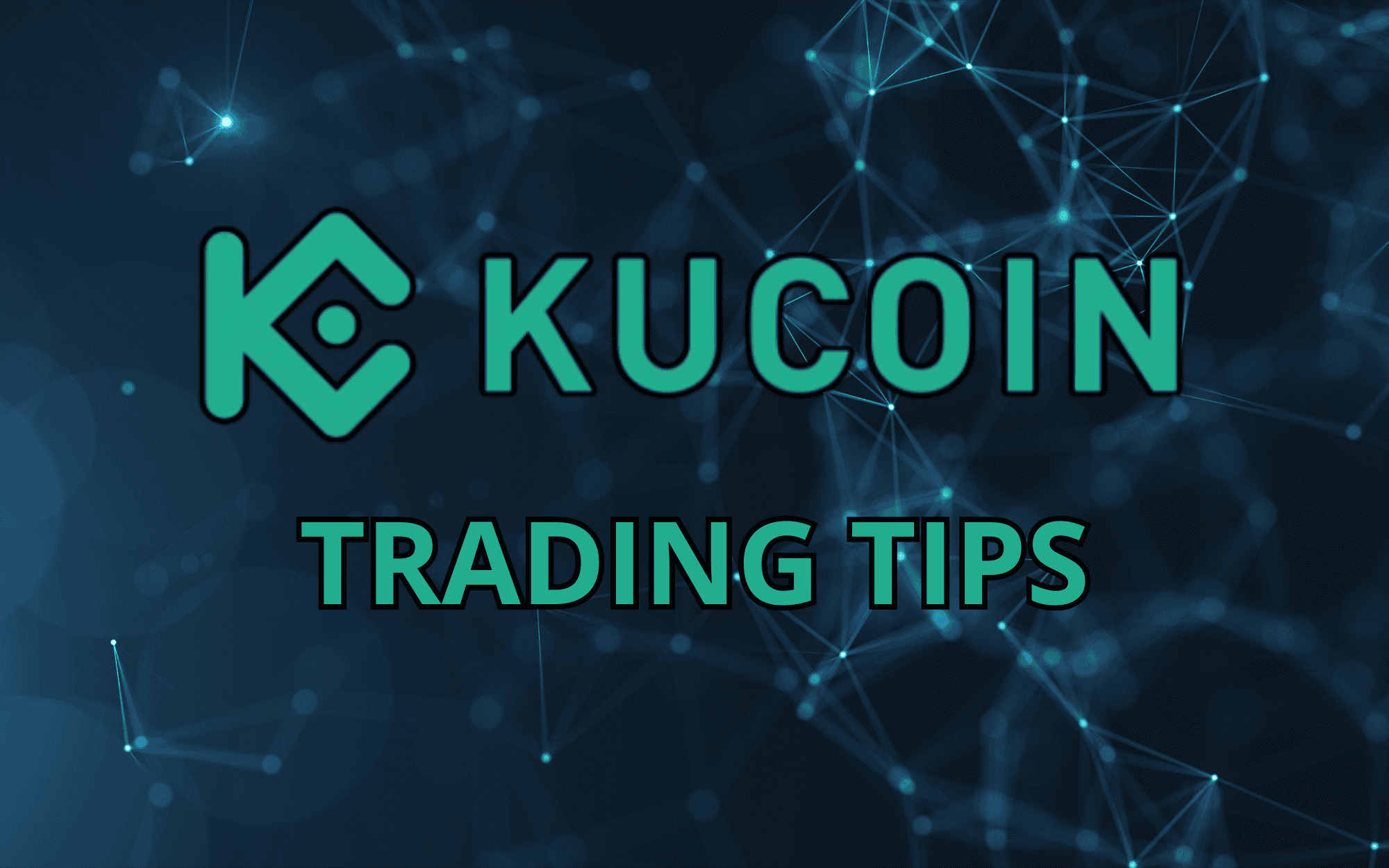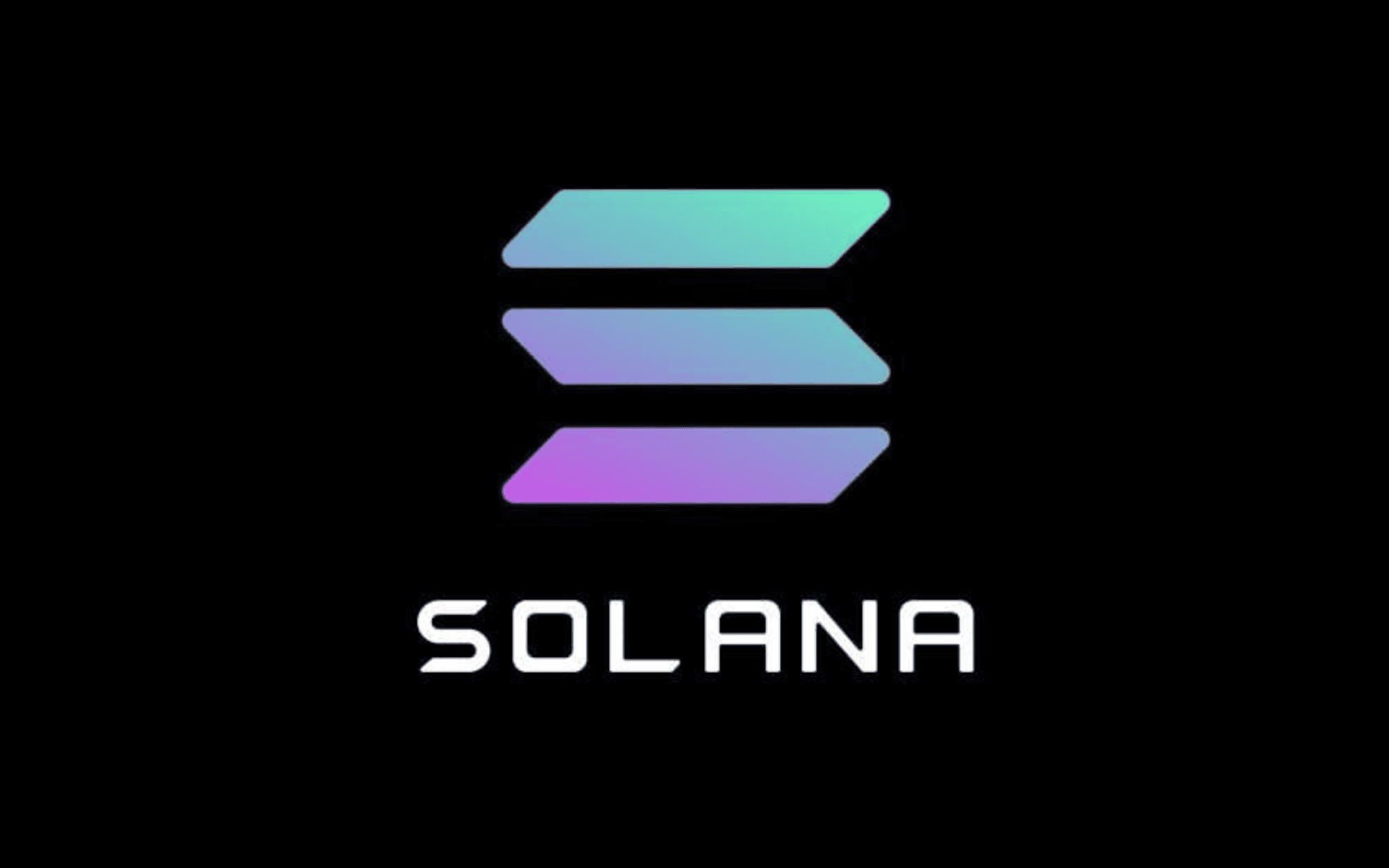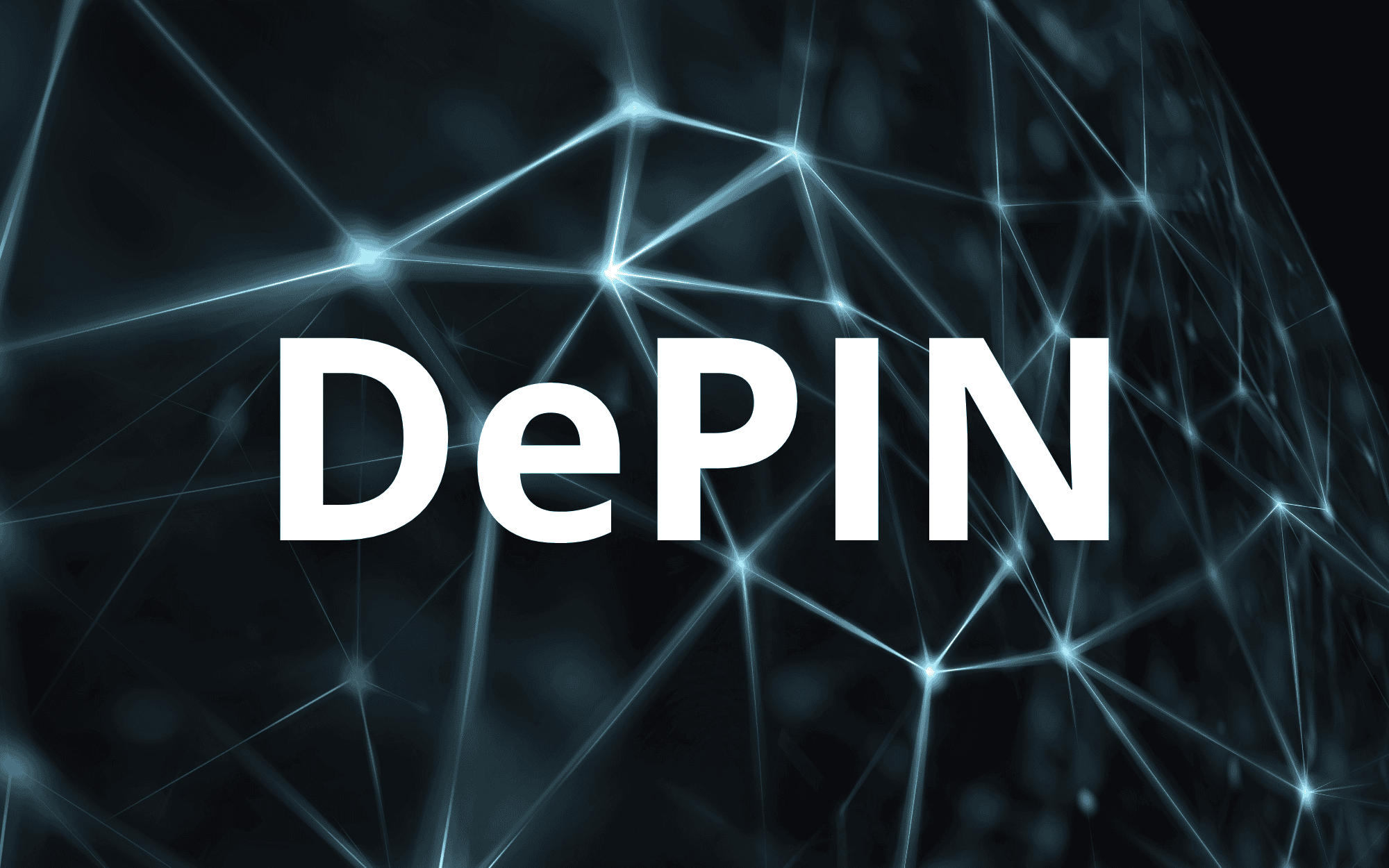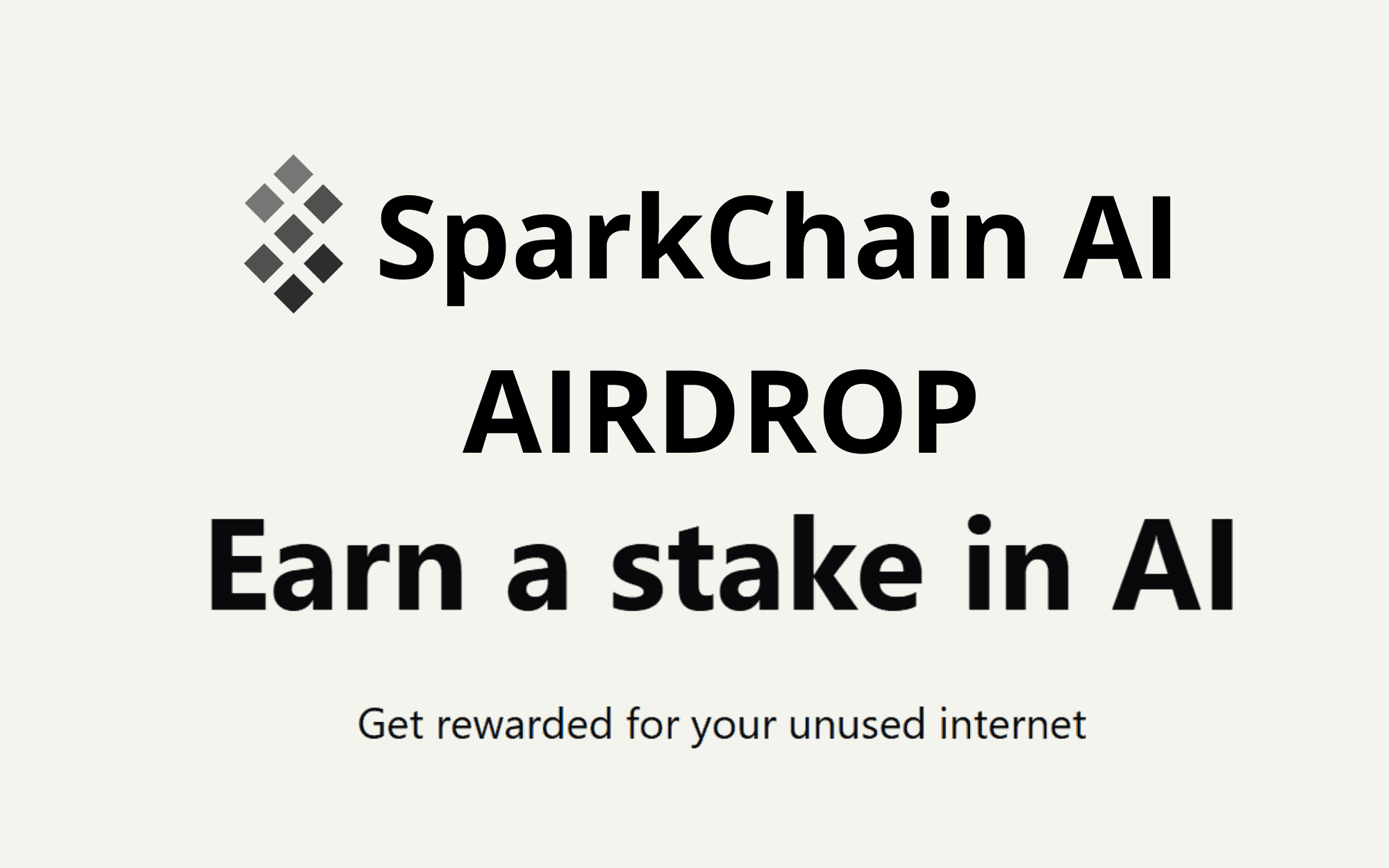Decentralized Finance (DeFi) is transforming the way people interact with financial systems. Built on blockchain technology, DeFi eliminates intermediaries like banks and enables secure, peer-to-peer transactions. By leveraging smart contracts, DeFi platforms provide transparent and efficient financial services accessible to anyone with an internet connection. In this guide, we’ll explore how DeFi works and its potential to disrupt traditional finance.
DeFi’s rise signifies a shift towards a more inclusive and transparent financial system, enabling users worldwide to participate without relying on centralized intermediaries. It promises financial independence and introduces novel financial instruments to users who might not have access to traditional systems. This article offers a comprehensive breakdown of the fundamental components, benefits, challenges, and use cases of DeFi.
With DeFi, financial autonomy becomes a reality. No longer bound by the constraints of centralized banking institutions, individuals can engage in lending, borrowing, trading, and investing on their terms. This democratization of finance stands at the heart of the DeFi revolution, paving the way for a fairer global economy. Learn more about blockchain technology
What Is Decentralized Finance?
Decentralized Finance, commonly referred to as DeFi, is a financial ecosystem built on blockchain technology. It enables peer-to-peer transactions, removing the need for traditional intermediaries such as banks or payment processors. DeFi platforms leverage blockchain’s transparency and smart contracts to create an open financial system.
Key Features of DeFi:
Transparency: Transactions are recorded on a public blockchain, allowing anyone to verify their authenticity and accuracy.
Accessibility: DeFi is open to anyone with an internet connection and a cryptocurrency wallet.
Interoperability: DeFi applications, or DApps, are designed to work together seamlessly, creating a unified ecosystem.
Permissionless Access: No gatekeepers or centralized entities can deny access.
Programmability: Smart contracts allow developers to create complex financial instruments and automated workflows.
DeFi’s decentralized nature not only ensures trust but also empowers users to take full control of their financial assets without relying on third parties. This paradigm shift provides individuals with equal opportunities, paving the way for innovation and inclusivity in global finance.
Furthermore, DeFi promotes economic efficiency by removing barriers such as geographical limitations and the costs associated with traditional financial intermediaries. These features make DeFi an attractive alternative for users seeking transparency, autonomy, and accessibility.
The decentralized approach also fosters innovation. Developers can create new financial products and services tailored to specific needs without requiring approval from centralized authorities. This open environment encourages experimentation and the rapid evolution of financial technologies.
How Does DeFi Work?
DeFi operates on three foundational elements: blockchain technology, smart contracts, and decentralized applications (DApps). Together, these components create an ecosystem capable of replicating traditional financial services without intermediaries.
1. Blockchain Technology
Blockchain technology underpins the entire DeFi ecosystem. Public blockchains such as Ethereum, Binance Smart Chain, and Solana serve as the backbone of DeFi. These blockchains offer:
Transparency: Every transaction is recorded on a distributed ledger, visible to all network participants.
Security: Cryptographic techniques ensure data integrity and protect against tampering.
Immutability: Transactions, once recorded, cannot be altered, fostering trust in the system.
Blockchains facilitate trustless interactions, where parties can transact without needing to trust each other explicitly. This decentralization ensures fairness and eliminates the single points of failure often associated with centralized systems.
The scalability of blockchain networks also plays a critical role. For DeFi platforms to handle a growing user base, improvements in transaction speeds and cost efficiency are necessary. Innovations like Ethereum’s transition to Proof-of-Stake (PoS) and Layer-2 solutions address these scalability challenges.
2. Smart Contracts
Smart contracts are programmable codes that automatically execute predefined actions when specific conditions are met. In DeFi, they:
Act as digital agreements, replacing traditional contracts.
Automate processes like loan disbursements, repayments, and staking rewards.
Enhance transparency, as the logic and terms of the contract are visible to all participants.
For instance, a lending platform may use a smart contract to manage collateral and repayments, ensuring terms are strictly followed without manual oversight. This level of automation reduces errors and enhances efficiency.
The reliability of smart contracts is crucial. Any flaw in the code can lead to vulnerabilities, emphasizing the importance of rigorous testing and regular audits to ensure security and functionality.
3. Decentralized Applications (DApps)
DApps serve as the user interface for interacting with DeFi services. These applications abstract the complexities of blockchain interactions, providing intuitive interfaces for users. Examples include:
Uniswap: A decentralized exchange for cryptocurrency trading.
Aave: A lending platform offering interest-earning opportunities.
Compound: A platform enabling users to earn interest on crypto holdings.
DApps democratize access to financial services, making DeFi accessible to a broader audience, from seasoned traders to newcomers. User-friendly designs and seamless integrations across DApps enhance their appeal, fostering greater adoption. Explore Ethereum’s smart contract capabilities
Popular DeFi Use Cases
DeFi’s versatility is evident in its wide range of applications, each addressing specific financial needs. Here are some of its most impactful use cases:
1. Decentralized Exchanges (DEXs)
Decentralized exchanges like Uniswap and SushiSwap revolutionize cryptocurrency trading by eliminating intermediaries. DEXs rely on liquidity pools, where users provide funds to facilitate trades. Key advantages include:
Peer-to-Peer Trading: Direct transactions between users.
Lower Fees: Reduced costs compared to centralized exchanges.
Global Accessibility: Operates 24/7 without geographical restrictions.
DEXs empower users by providing full control over their assets, reducing the risks associated with centralized exchanges, such as hacks or platform failures. The absence of a central authority ensures users retain ownership of their funds throughout the trading process.
2. Lending and Borrowing Platforms
Platforms like Aave and Compound enable:
Lending: Users earn interest by providing liquidity.
Borrowing: Users can secure loans by locking collateral in the platform.
These platforms democratize access to credit, offering solutions without traditional credit checks or lengthy approval processes. Interest rates are determined algorithmically based on supply and demand, creating a dynamic financial environment.
The flexibility of these platforms allows users to tailor their lending and borrowing strategies to meet specific needs, from short-term liquidity to long-term investments.
3. Stablecoins
Stablecoins like DAI and USDC address the volatility of cryptocurrencies by pegging their value to stable assets such as fiat currencies. Benefits include:
Price Stability: Ideal for transactions and savings.
Borderless Payments: Facilitates international trade without the volatility of traditional cryptocurrencies.
Integration with DeFi: Stablecoins are widely used across DeFi platforms for lending, borrowing, and yield farming.
The growing adoption of stablecoins highlights their importance in bridging the gap between traditional finance and the decentralized ecosystem.
4. Yield Farming
Yield farming involves staking or lending cryptocurrencies in exchange for rewards. This process maximizes returns on idle assets. Users participate by:
Providing liquidity to decentralized platforms.
Earning additional tokens as incentives.
Yield farming has become a lucrative opportunity for investors seeking passive income. However, participants must remain cautious of risks, such as impermanent loss and volatile token prices.
5. Insurance
DeFi insurance platforms like Nexus Mutual provide coverage against risks such as smart contract vulnerabilities and exchange hacks. By pooling funds from users, these platforms offer:
Transparent claims processes.
Community-driven decision-making.
Cost-effective insurance solutions.
The emergence of DeFi insurance underscores the ecosystem’s maturity, addressing the need for risk mitigation and enhancing user confidence.
Benefits of Decentralized Finance
DeFi introduces several transformative advantages over traditional financial systems:
1. Financial Inclusion
DeFi democratizes access to financial services by eliminating geographic, economic, and bureaucratic barriers. Individuals in remote areas or underbanked regions can participate with just an internet connection and a digital wallet. This inclusivity empowers billions of people worldwide who are excluded from traditional finance.
2. Reduced Costs
By removing intermediaries, DeFi significantly lowers transaction and administrative costs. This makes services like remittances, lending, and trading more affordable. For example, sending remittances through DeFi can save users up to 90% in fees compared to traditional channels.
3. Transparency and Trust
DeFi’s reliance on blockchain technology ensures all transactions are verifiable and tamper-proof, fostering trust among participants. Smart contracts operate without favoritism, ensuring fairness and transparency in all financial dealings.
4. Flexibility and Control
Users maintain full control
Challenges and Risks of DeFi
While Decentralized Finance (DeFi) has revolutionized access to financial tools, it is not without its challenges. Understanding these risks is essential for users to navigate the DeFi ecosystem safely.
1. Security Vulnerabilities
One of the primary concerns in DeFi is the potential for security breaches. Smart contracts, while automated and efficient, can have coding errors or vulnerabilities that malicious actors might exploit. For instance, in 2021, the Poly Network hack led to the theft of over $600 million due to vulnerabilities in its smart contracts.
Mitigation strategies include:
Rigorous code audits by third-party firms.
Ongoing updates and testing to patch vulnerabilities.
Encouraging developers to use verified templates for creating smart contracts.
2. Regulatory Uncertainty
The lack of a clear regulatory framework globally creates challenges for DeFi platforms and users. Governments are still exploring how to regulate DeFi, which leads to ambiguity in legal protections and tax implications for users.
Some potential outcomes of increased regulation include:
Greater security and trust for users.
Compliance costs that might reduce accessibility.
Users are advised to stay updated on local regulations and ensure their activities comply with applicable laws.
3. Complexity for New Users
DeFi platforms often involve technical jargon and complex interfaces that can deter new users. The steep learning curve may lead to mistakes, such as incorrect wallet setups or transferring funds to the wrong address.
Educational resources, tutorials, and simplified platforms are essential to address this challenge.
4. Volatility in Cryptocurrencies
The underlying assets in DeFi, such as ETH or BTC, are often volatile. This volatility can impact users, especially in lending or borrowing scenarios, where collateral may lose value, leading to liquidations.
Stablecoins mitigate some of these risks, but even stablecoins are not immune to systemic challenges like de-pegging events.
Understanding these challenges allows users to engage responsibly and maximize the benefits of DeFi while minimizing risks.
How to Get Started with DeFi
For those new to Decentralized Finance (DeFi), getting started may seem daunting. However, by following a few structured steps, users can begin their DeFi journey with confidence.
Step 1: Choose a Digital Wallet
A crypto wallet is essential for interacting with DeFi platforms. Wallets like MetaMask, Trust Wallet, or Ledger offer varying levels of security and accessibility. MetaMask, for instance, is a browser extension that enables seamless interaction with decentralized applications (DApps).
Step 2: Fund Your Wallet
To participate in DeFi, users need to acquire cryptocurrencies. Start by purchasing ETH or other supported assets on a centralized exchange (e.g., Binance, Coinbase). Transfer these funds to your wallet address.
Step 3: Select a DeFi Platform
Choose platforms based on your goals:
Trading: Uniswap for decentralized token exchanges.
Lending: Aave for earning interest on crypto deposits.
Yield Farming: PancakeSwap for earning rewards through liquidity provision.
Step 4: Educate Yourself
Knowledge is crucial in DeFi. Spend time learning about platform-specific risks, fees, and strategies to maximize benefits. Communities like Reddit and Telegram groups can provide user insights and updates.
Step 5: Start Small
Begin with modest investments to familiarize yourself with the ecosystem. Test transactions to ensure you understand wallet interactions and platform workflows.
By following these steps, even beginners can explore the potential of DeFi safely and effectively.
FAQs
What is Decentralized Finance (DeFi)?
DeFi refers to financial services built on blockchain technology, enabling peer-to-peer transactions without intermediaries.
What are the risks of using DeFi?
Risks include smart contract vulnerabilities, regulatory uncertainty, and cryptocurrency volatility.
How do DeFi platforms work?
DeFi platforms use smart contracts to automate and secure transactions on blockchain networks.
Can beginners use DeFi?
Yes, but it’s important to start with basic knowledge and use beginner-friendly platforms like Uniswap or Aave.
Are DeFi platforms secure?
While DeFi offers strong security features, users should be cautious of potential smart contract bugs and scams.

